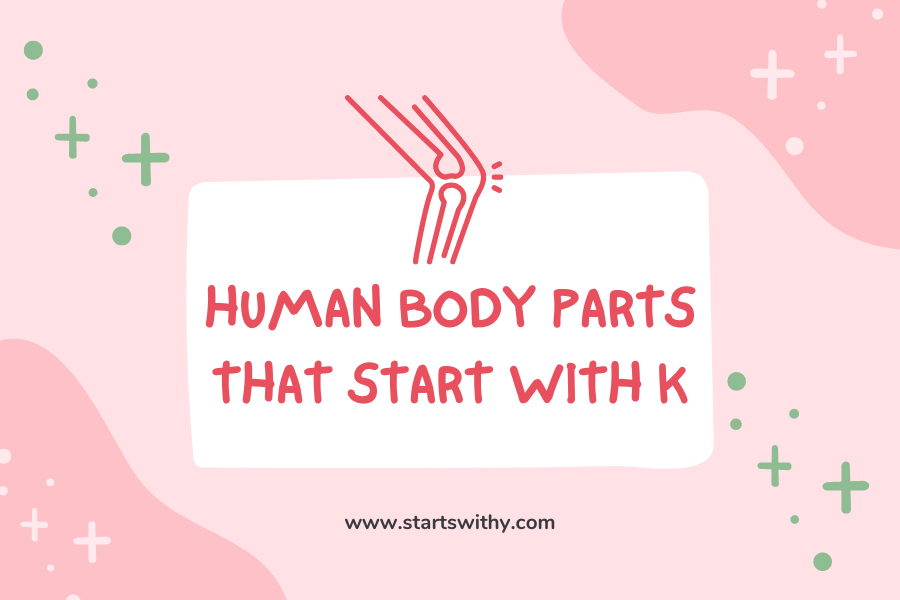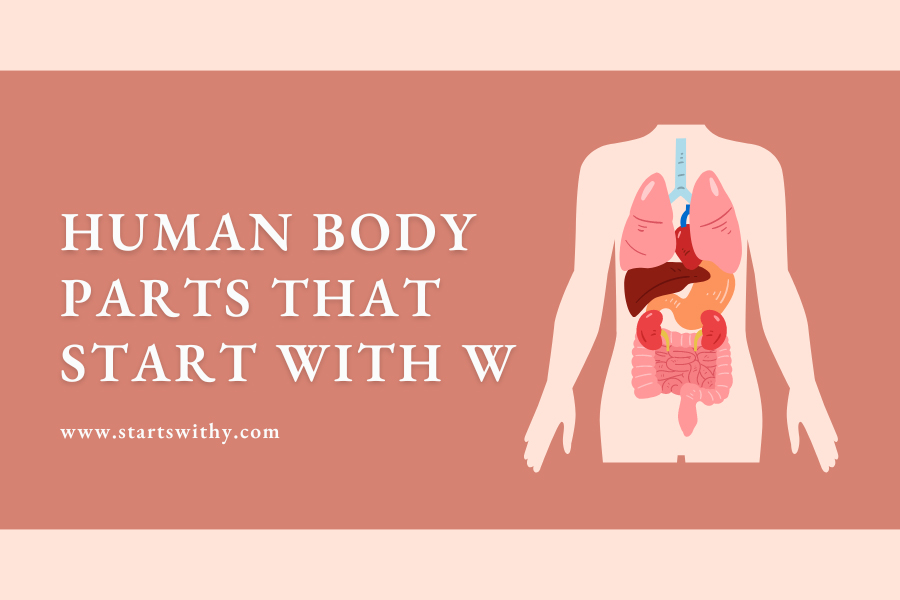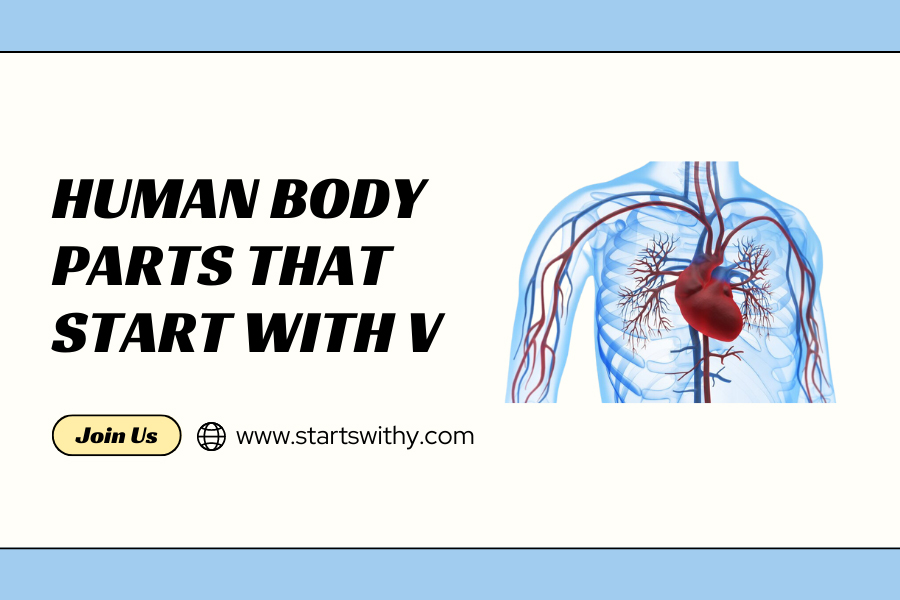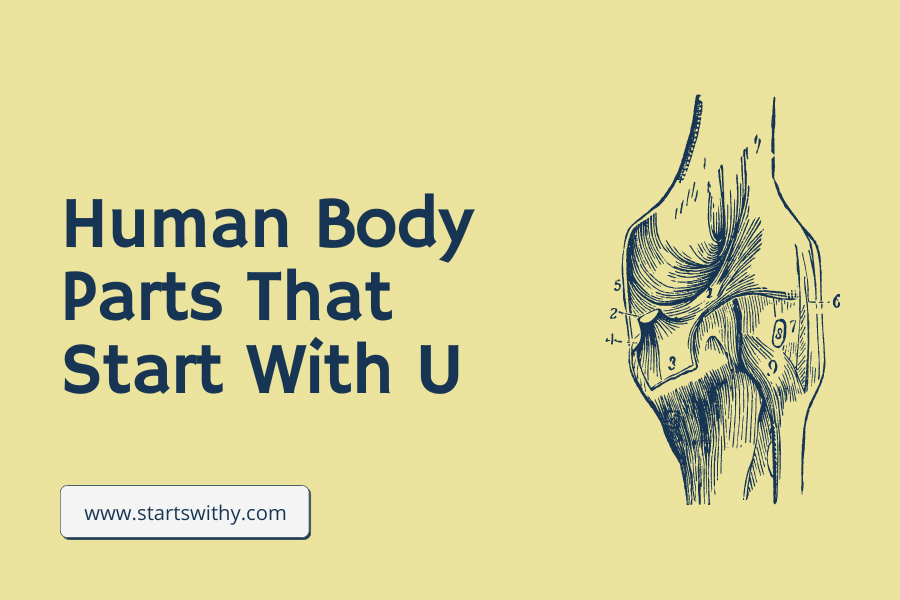Our journey through the intricate landscape of human anatomy brings us to the letter “K.” While it might not be the most prolific letter when it comes to naming body parts, what it lacks in quantity, it makes up for in significance.
In this article, we venture into those pivotal components of our body that start with “K,” illuminating their roles, intricacies, and the essential functions they perform. From bones to tissues, every part plays a distinct role in the concert that is human life. Dive in with us as we spotlight these “K” components, celebrating the unique and vital roles they play in the grand symphony of our anatomy.
Human Body Parts That Start With The Letter K
The intricate anatomy of the human body is a marvel of nature. It consists of numerous parts, each playing its unique role in maintaining overall health and function. Although some letters, like ‘A’ and ‘B’, might be associated with many body parts, ‘K’ is relatively limited in this regard. However, the parts that do begin with ‘K’ are significant in their own right. Let’s dive deep into the anatomy and explore the body parts that start with the letter “K.”
1. Knee

The knee is one of the most recognized and crucial joints in the human body. As a hinge joint, it allows flexion and extension of the leg and plays a vital role in standing, walking, running, and jumping.
- Structure and Location: The knee joint connects the femur (thigh bone) to the tibia (shin bone). The patella, or kneecap, is a triangular bone that protects the front of the knee joint.
- Functions: The knee provides stability and strength to support the weight of the body. It is also essential for various movements like bending, straightening, and minor rotations of the leg.
- Clinical Significance: Due to its complexity and the heavy load it bears, the knee is susceptible to injuries like ligament tears and disorders such as osteoarthritis. Moreover, the knee is a common site for surgical procedures, like total knee replacements.
2. Kidneys
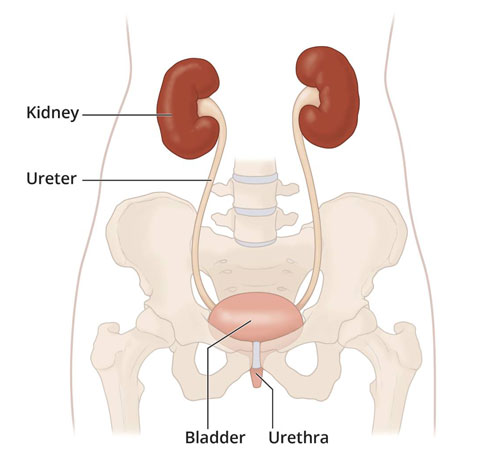
These bean-shaped organs are of paramount importance in the urinary system. They are responsible for filtering and cleaning our blood, ensuring the body’s internal environment remains stable.
- Structure and Location: Situated in the posterior abdominal wall on either side of the spine, the kidneys are retroperitoneal organs protected by the lower ribcage.
- Functions: The primary function of the kidneys is to filter waste products, excess nutrients, and electrolytes from the bloodstream, forming urine. They also play a role in regulating blood pressure, red blood cell production, and maintaining electrolyte balance.
- Clinical Significance: Kidney-related ailments range from infections, like pyelonephritis, to chronic conditions such as chronic kidney disease (CKD). In extreme cases, kidney failure may require dialysis or transplantation.
3. Keratin
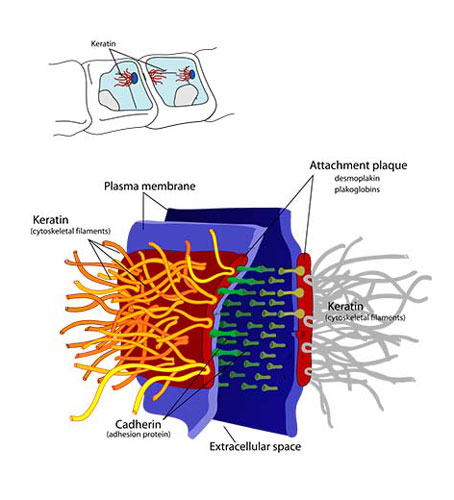
While not a body part in the traditional sense, keratin is a vital protein found in various parts of the body.
- Structure and Location: Keratin is a fibrous structural protein present in the outer layer of skin, hair, and nails. It’s also found in internal organs and glands.
- Functions: Keratin offers protective properties. In the skin, it provides a barrier against environmental damage, physical wear and tear, and pathogens. In hair and nails, keratin provides strength and resilience.
- Clinical Significance: Conditions like keratosis pilaris manifest as small, hard bumps on the skin due to excessive keratin production. Moreover, damage to keratin in hair, through excessive chemical treatments or heat, can result in weakened hair prone to breakage.
4. Knuckles
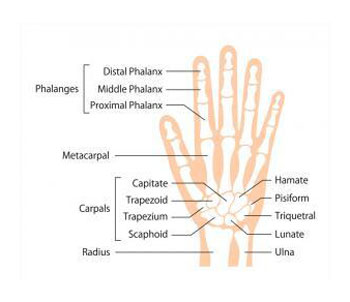
Knuckles are the joints of the fingers, which become prominent when a fist is made.
- Structure and Location: Each finger has three knuckles, except for the thumb, which has two. They are the metacarpophalangeal (MCP), proximal interphalangeal (PIP), and distal interphalangeal (DIP) joints.
- Functions: Knuckles allow the fingers to bend and straighten, enabling functions like grasping, holding, and manipulating objects.
- Clinical Significance: Conditions like arthritis can cause inflammation and pain in the knuckles. Knuckle injuries, often from physical impacts, can lead to fractures or dislocations.
5. Knee Joint: Master of Mobility
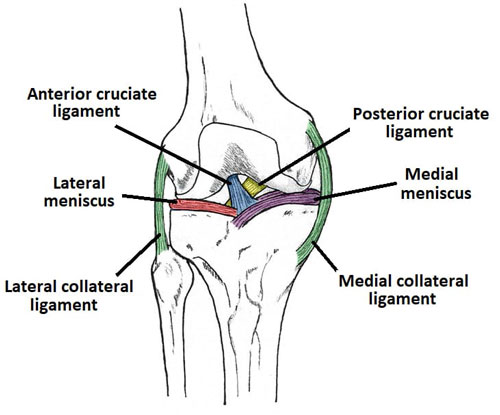
Picture a complex hinge connecting your thigh to your lower leg – that’s the knee joint, one of the most resilient and flexible joints in the body. Its intricate structure allows for a remarkable range of motion:
- Bending and Straightening: The knee joint excels at bending and straightening the leg, enabling us to walk, run, climb, and perform countless other movements. The hinge-like design with its femoral condyles (rounded thigh bone ends) gliding on the tibial plateau (upper shin bone surface) provides efficient and controlled movement.
- Stability Champion: Despite its flexibility, the knee is surprisingly stable. Strong ligaments like the anterior cruciate ligament (ACL) and posterior cruciate ligament (PCL) keep the bones aligned and prevent excessive movement in unnatural directions.
- Shock Absorber: Two crescent-shaped pads of cartilage, called the menisci, act as shock absorbers cushioning the joint and distributing weight evenly. These pads protect the underlying bone and cartilage from wear and tear during everyday activities.
Did you know? The knee joint is the largest joint in the human body, bearing the brunt of our weight with every step. To maintain its health and prevent injuries, regular exercise and stretching are crucial to strengthen the surrounding muscles and ligaments.
6. Knee Region: More Than Just a Bend
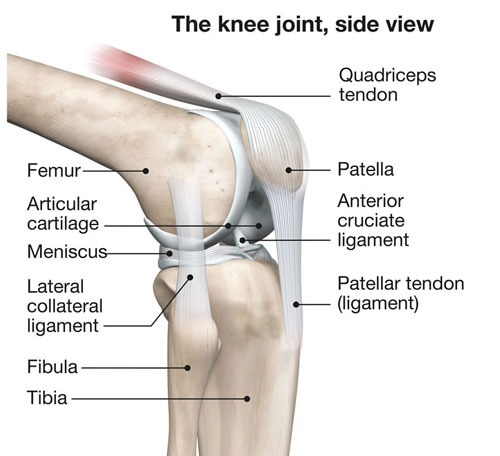
The knee region extends beyond the joint itself, encompassing an array of vital structures that support and protect it:
- Bone Brigade: The sturdy femur (thigh bone) and tibia (shin bone) form the framework of the knee joint, providing strength and stability. Patella, commonly known as the kneecap, acts as a protective shield for the front of the joint.
- Muscle Powerhouse: Four quadriceps muscles on the front of the thigh and three hamstring muscles on the back work together to extend and flex the knee, powering each step and jump.
- Vascular Network: A complex network of arteries and veins supplies the knee with oxygen-rich blood and removes waste products, keeping it nourished and functioning optimally.
Did you know? The knee region is home to the Baker’s cyst, a fluid-filled sac that can appear behind the knee due to inflammation or injury. While often painless, it’s important to consult a doctor if you notice any swelling or discomfort in the area.
7. Knee Muscles: Movers and Shakers
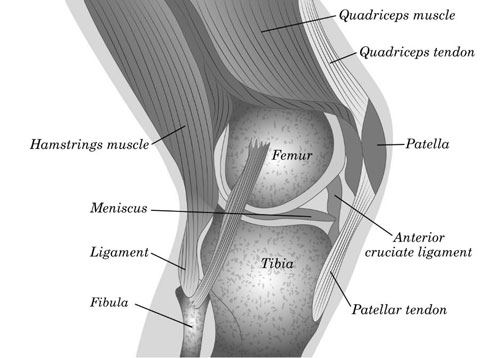
The powerhouse behind every bend and straighten are the knee muscles. These incredible bundles of fibers work tirelessly to provide strength, stability, and control to our movements:
- Quad Squad: The quadriceps (rectus femoris, vastus lateralis, vastus medialis, and vastus intermedius) work together to extend the knee, propelling us forward when we walk, run, or jump.
- Hamstring Heroes: The hamstrings (biceps femoris, semitendinosus, and semimembranosus) on the back of the thigh flex the knee and stabilize the joint, preventing hyperextension and providing balance.
- Calf Connection: The gastrocnemius muscle in the calf helps flex the knee and stabilizes the joint during activities like climbing stairs or pushing off the ground.
Did you know? Strengthening the muscles around the knee can help prevent injuries like ACL tears and meniscus tears. Exercises like squats, lunges, and hamstring curls can improve muscle strength and stability, keeping your knees healthy and happy.
So, the next time you bend your knee or take a step, remember the remarkable collaboration of the knee joint, surrounding region, and powerful muscles. They work in perfect harmony to keep us moving, exploring, and experiencing the world around us. As you explore these K-tastic structures with your young learners, encourage them to appreciate the amazing machinery that makes their bodies tick! Remember, a sprinkle of interactive activities, fun facts, and visuals can make learning about the body an unforgettable adventure!
List of Human Body Parts Starting with K
| Kidney | Kidneys | Knee Extensor Muscles |
| Knee Joint | Knee Muscles | Knee Region |
| Knuckles | Keratin | Knee |
Conclusion
The list of body parts starting with ‘K’ might be brief, but each one plays a crucial role in our daily lives and overall health. From the knee, which bears our weight and aids in movement, to the kidneys that diligently filter our blood, to the protective nature of keratin and the dexterity offered by our knuckles, the significance of these parts is immense. Delving into the anatomy and functions of these body parts helps us appreciate the complexity and marvel of the human body even more.
Human Body Parts That Start With
A | B | C | D | E | F | G | H | I | J | K | L | M | N | O | P | Q | R | S | T | U | V | W
